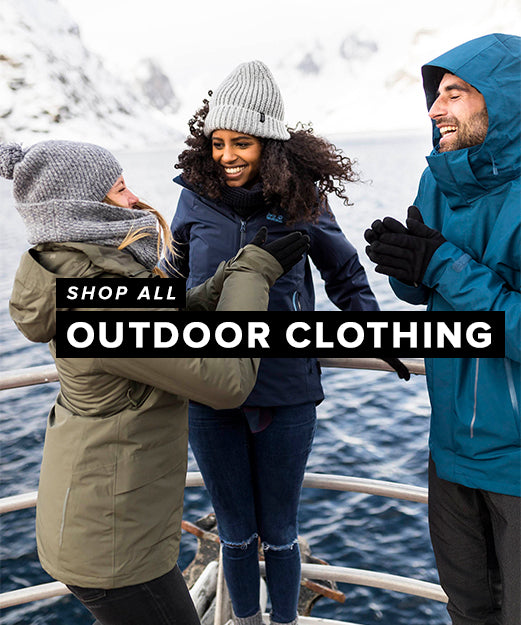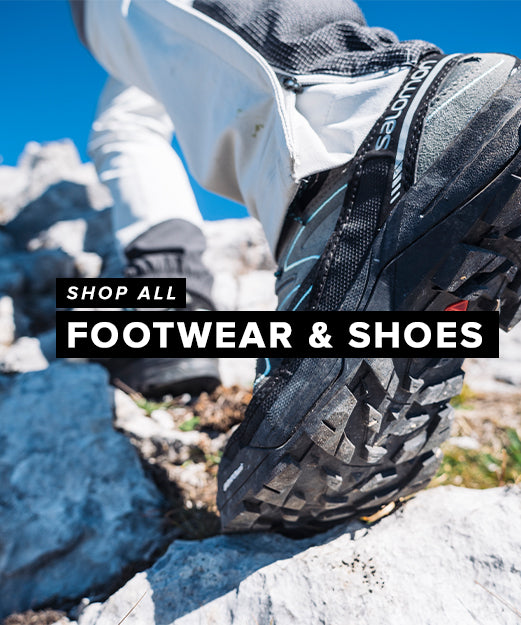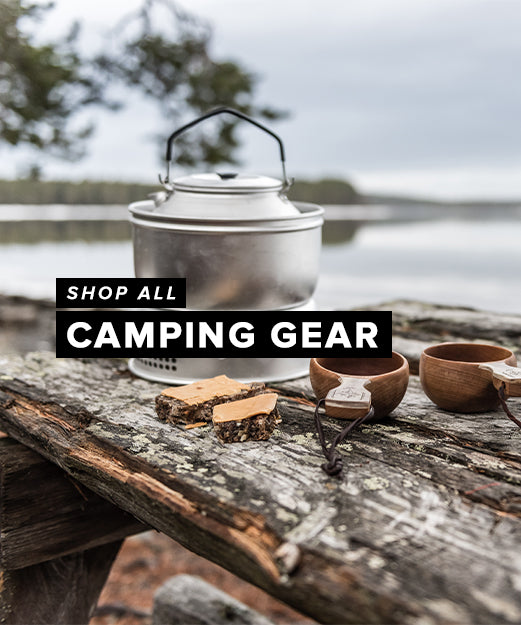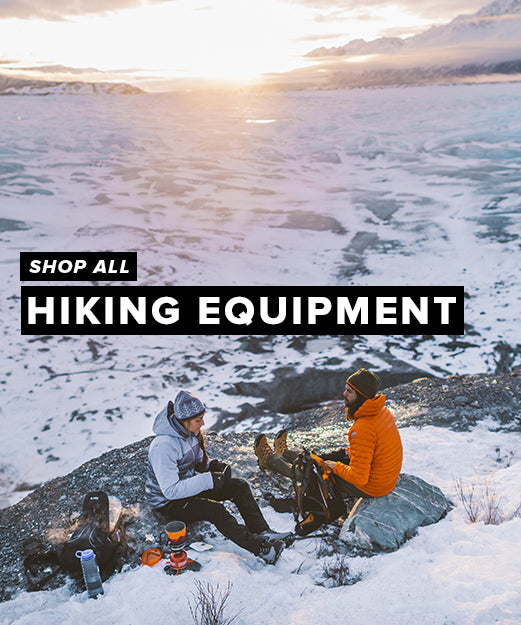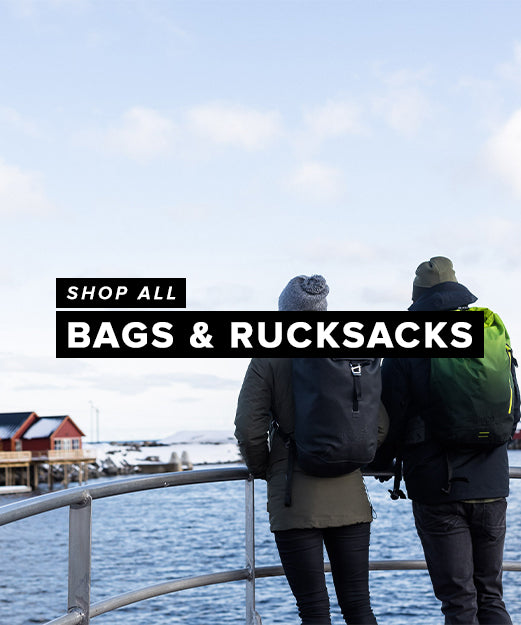Choosing Ski Goggles
Ski goggles for skiing and snow boarding are essential. The glare from the snow exposes skiers to bright and harsh UV rays. A day on the slopes can be miserable without decent ski goggles or eye wear especially in extreme weather conditions such as sleet, snow or heavy rain. Ski goggles provide protection for the sensitive areas of the face as well as for the eyes. Many ski goggles are large, covering most of the upper portion of the face. The lens area is intentionally large to give a wide field of view and good peripheral vision.
For an extensive range of men's, women's and children's ski goggles and eye wear to suit all budgets visit the ski goggle department.
CHOOSING SKI GOGGLES & EYEWEAR
So what should you look for when choosing ski eye wear?
The most important thing is to choose sunglasses or goggles that provide UV light protection. Short-term exposure to these can result in painful sunburn of the eyes called photokeratitis. Long-term, UV rays can damage your eyes permanently and lead to cataracts and other eye conditions.
Look for goggles and sunglasses that block at least 95 per cent of these rays. Decide whether you want sunglasses or goggles, but remember that most normal summer sunglasses available from non specialist stores are unlikely to be suitable for skiing. Sunglasses for winter sports are generally made from more pliant materials that withstand the cold and resist breaking or shattering on impact.
Choose the right lenses. Polycarbonate lenses cost slightly more but are highly resistant to shattering and filter out a large proportion of UV light without additional coatings. Peripheral vision is important for skiing. Ideally you should be able to see 180 degrees so look for goggles with large, wide lenses, or wrap-around sunglasses with the least amount of distortion you can find. Side shields, which may or may not be detachable, are often included so that wind and snow are kept away from the eye area. Select the right lens tint. Go for those that are yellow-orange or rose in hue. Sometimes, they are known as ‘blue-blockers’. These colours will enhance contrast and will improve your vision, while also cutting out glare from the sun. Polarised lenses also filter out glare and reflected light.
Make sure goggles fit. Take the time to adjust the strap on your head. If the strap doesn’t adjust very well or if the buckle is not secure, choose a different style. Some styles have softer, more rubbery buckles that won’t dig into your scalp. Wider bands are more comfortable than narrow ones and foam inserts keep out wind, ice and dirt. The foam should be thick enough to help cushion your face if you fall but not so dense that it encourages fogging.
If you need eyesight correction, you may find that it is not always practical or desirable to wear goggles over your normal glasses. We have a range of specialist optical kits to allow lenses to be inserted inside your ski eye wear. If these are not available for your eye wear, consider wearing contact lenses for eyesight correction so you can choose the goggles or sunglasses you prefer.
A scratch-resistant coating will help your goggles and sunglasses to last longer. Always keep them in a soft pouch or lined case when you’re not using them. Shop before you ski. If you leave it until you are at the resort to get your protective eye wear you will almost certainly end up paying more with less choice.
Finally, if you do suffer from snow blindness while skiing your eyes will probably be red, itchy and sensitive to light. Staying indoors and resting the eyes can help speed recovery, but if the symptoms persist you should see an eye care professional as soon as possible.
CORRECTIVE LENSES
Some ski goggles and eye wear can accept optical insert kits. These frames can be taken to your optician to be glazed with your prescription (this is an additional cost and will vary depending on the strength of your prescription, please check the cost with your optician first). The insert then sits inside the frame of the goggle. Other ski goggles have an over the glasses feature, these are goggles designed specifically to fit over spectacles. The lens chamber is slightly larger to provide extra space without causing pressure on the face. The frame is channelled at the sides to allow the temples to sit against the head without pressure points.
Treating your spectacles with an Anti Fog treatment can help to prevent them misting up inside the goggles.
FRAMES
Many ski goggle frames are designed with the use of softer, more flexible materials. Nylon, rubber and propionate materials are popular. These materials hold their shape and do not become brittle in the cold. Therefore ski goggles tend not to injure the face if you should fall while travelling at high speed. The majority of ski goggles are held in place on the head with a thick strap designed to make sure that the eye protection stays in place. Goggles come in many shapes and sizes. Make sure to check for the following: Peripheral Vision. Make sure that when you buy goggles, you have at least a 180 degree peripheral vision. You will want to make sure you have enough vision to see other Snow boarders and Skiers ahead of time. Fit with your Helmet. Make sure that your goggles work well with your helmet and that both systems are compatible. You do not want to buy expensive goggles just to find out that they just will not fit with your helmet. Fit and Strap. Make sure the goggles fit well and have straps that easily allow you to adjust the fit. Make sure the straps are padded and do not irritate your skin or stick to your hair. Padded for Protection. The inside part of the goggles must be padded so that when you crash on top of them, they will not press too hard or even cut into your face.
Snug fit. Make sure you can adjust your goggles to a tight fit. Likewise, they must fit well on your nose and other features of your face. Bad fitting goggles will flip or lift off your face when you hit bumps.
LENSES
When looking for ski goggles insist on ultraviolet protection. It is important to choose the right lens tint; weather, light and activity will all affect your ski goggles performance.
Ski goggles are meant to protect the eyes and reduce the high glare of sun reflected off snow. Two tints are especially good for enhancing vision during skiing: yellow-orange and rose. Both of these tints help the skier see shapes, objects and bumps in the snow more clearly because they help block out blue, or hazy, colours that are common in snow condition. Often, these lens tints are called “blueblockers” because of this blocking ability.
Scratch resistant coatings are also a must for ski goggles, because they can take a lot of punishment on the slopes, especially if you tend to fall a lot. Ask if the lenses have a scratch resistant coating before you buy.
BRIGHT SUNNY CONDITIONS
 |
Blue Iridium: A great lens for bright sunlight. The blue mirror coating reflects all glare and the persimmon tint of the inner lens continues to increase depth perception and improves contrast. |
 |
Black Iridium: The darkest lens with the most protection from bright sunlight glare, the base lens is persimmon to add contrast and depth perception in lower light conditions. |
 |
Fire Iridium: A great lens for bright sunlight. The fire-effect coating reflects all glare and the persimmon tint of the inner lens continues to increase depth perception and improves contrast. |
VARIABLE LIGHT CONDITIONS
 |
Amber Mirror: A mirror coating over an amber lens reflects bright sunlight reducing glare. The amber tint filters out blue light, enhancing shadow and giving increased definition. |
 |
Rose Platinum: A rose-tinted lens is given a platinum mirror coating to reduce glare in bright sunlight, whilst the rose tint continues to increase definition and still provides low-light contrast. |
 |
Vermillion Gun: A vermillion tinted lens is given a reflective mirror coating to reduce glare in bright sunlight, while the vermillion tint continues to increase definition and still provides low-light contrast. |
 |
LST: A rose-tinted lens with a reflective mirror coating to reduce glare from bright light, the rose tint gives superb contrast and depth perception giving definition in varying light conditions. |
POOR OR FLAT LIGHT
 |
H.I. Blue: A superb low-light lens. The yellow tint increases contrast and gives maximum definition in poor light. The reflective blue coating deflects bright light to reduce glare. |
 |
Amber/Persimmon: An excellent low to mid light lens, amber lenses filter out blue light to improve contrast, and increase depth perception in varying light conditions for better definition. |
 |
Rose/Vermillion: Excellent in poor to mid light conditions, rose-coloured lenses increase depth perception and enhance shadow, helping to define contours in the snow. |
 |
Rose/Copper: A great all-round lens, the rose tint gives superb definition and the darker copper tint cuts glare in bright light. It provides excellent vision in a variety of conditions. |
 |
VR28: This darker Vermillion red lens is excellent in most light conditions. The tint gives superior contrast and shadow definition, while the darker shade also reduces glare in bright sunlight. With a Spherical Lens the curvature of the lens gives better optical clarity and an increased range of peripheral and downward vision. |
FOGGING
Many goggles have multiple layers of lenses. Goggles with multiple lenses do not fog as fast as goggles with single lenses. In general, it is always better to buy goggles with multiple lenses. Multiple lenses will help reduce fogging. Also, check that the lenses have been treated with anti- fogging chemicals. Another way of preventing fogging is venting.
Many goggles feature vents at the top and bottom of the lenses, allowing fresh air circulation which will reduce fogging and provide fresh air for your eyes. The bigger the holes, the better the venting will be. However, bigger holes will cause more cold air to enter.
CATEGORIES
CATEGORY.0
80-100% LIGHT TRANSMISSION
Lenses are either transparent or slightly tinted – suitable for night wear.
CATEGORY.1
79-46% LIGHT TRANSMISSION
Lenses are slightly tinted – recommended for overcast/flat light conditions.
CATEGORY.2
45-18% LIGHT TRANSMISSION
Lenses are moderately tinted – suitable for overcast and bright conditions.
CATEGORY.3
17-8% LIGHT TRANSMISSION
Lenses are darkly tinted – recommended for bright light conditions.
CATEGORY.4
8-3% LIGHT TRANSMISSION
Lenses are very darkly tinted – recommended for extremely bright light conditions but not suitable for driving.
 NEW!! Free UK Delivery
NEW!! Free UK Delivery Hassle-Free Returns
Hassle-Free Returns Clearpay
Clearpay


